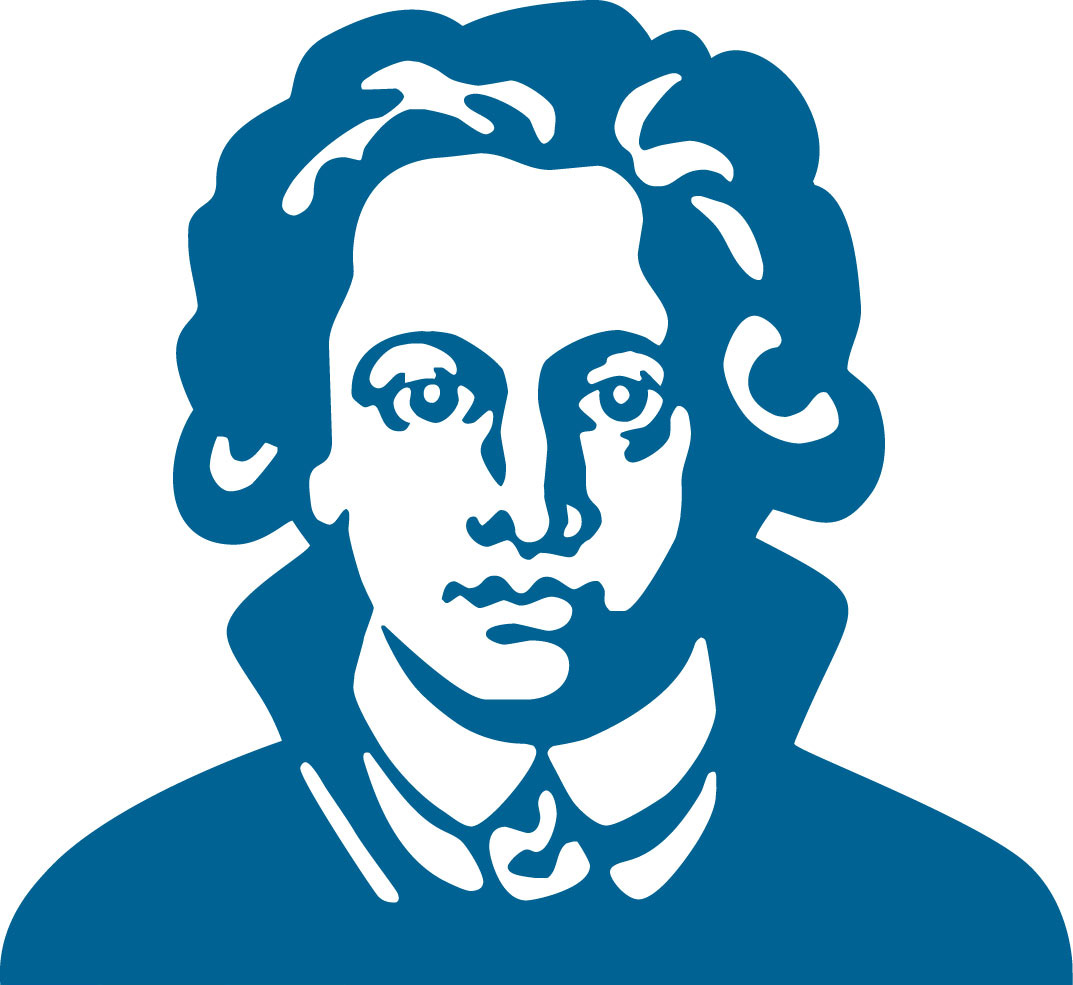A once vibrant industrial region lies fallow, its inhabitants move away. What future do such places have, and how do those who decided to stay view them? Together with partner universities in other European countries, Goethe University Frankfurt has joined a research project that looks at abandoned regions in Germany, Austria, Romania and Scotland that are awaiting ideas for their renaissance.

Utopian narratives and stories about a region’s future are the focus of “Waste/Land/Futures: intergenerational relations in places of abandonment and renewal across Europe” – a project the Volkswagen Foundation is funding with €1.6 million over the next four years. Social scientists of various disciplines are involved, who come from Austria, Romania, Great Britain and Germany, i.e. the very countries where the regions under scrutiny are located. The sociological and cultural anthropological study’s scientific coordinator is Dr. Anamaria Depner, who works at Goethe University Frankfurt’s Institute for Social Pedagogy and Adult Education.
One thing in common to the regions studied is their demographic decline, caused by low birth rates, an ageing population and an imbalance in the number of people leaving the region as opposed to those coming to stay. While the causes of this partially can be found in structural change “below ground”, such as in Glasgow or the Saarland, where coal mining has ceased, other reasons lie “above ground”. An example for the latter is the Romanian Danube Delta, where tourism is booming in summer but comes to a standstill in winter, or in the Eisenerz former open-cast mining area in Austria. “These places are often the subject of conversations about the past, about decay and loss. But they also hold great potential for developing utopian visions of the future of European regions and the people who live there – and therefore for the future of Europe,” Depner explains.
To date, there has been little scientific research conducted into the situation in the four regions. This is now set to change. However, far from researching “from the outside”, one of the team’s preferred methods of choice is “participant observation”. Other co-creative methods are also employed, including Participatory Action Research (PAR), in which participants are involved in every step of the research process. The aim of such analyses is not to formulate instructions. Instead, following an initial evaluation, the researchers conduct interviews with families, including about how relationships between generations or to places and locations have and will continue to change. Literary texts, photographs and theater events will be developed with local residents as well as family members who have moved away, providing the basis for ideas for the future. At a later stage, the communities at the four different locations, each of which is accompanied by a different team of researchers, could also enter into discussions with each other. Five researchers, including early career scientists, are part of the project. The enthusiasm of the four co-investigators, which was already evident in the extensive preliminary research, convinced the Volkswagen Foundation. The project is part of the latter’s “Challenges and Potentials for Europe” program; Goethe University Frankfurt is involved in five of the program’s projects, and thereby its most involved university in Germany. The program’s scientific coordinator is Dr. Ewa Palenga-Möllenbeck from Goethe University’s Institute of Sociology. A total of 21 international projects will present their research at a conference held at Herrenhausen Palace in Hanover on Wednesday, September 4, 2024.







